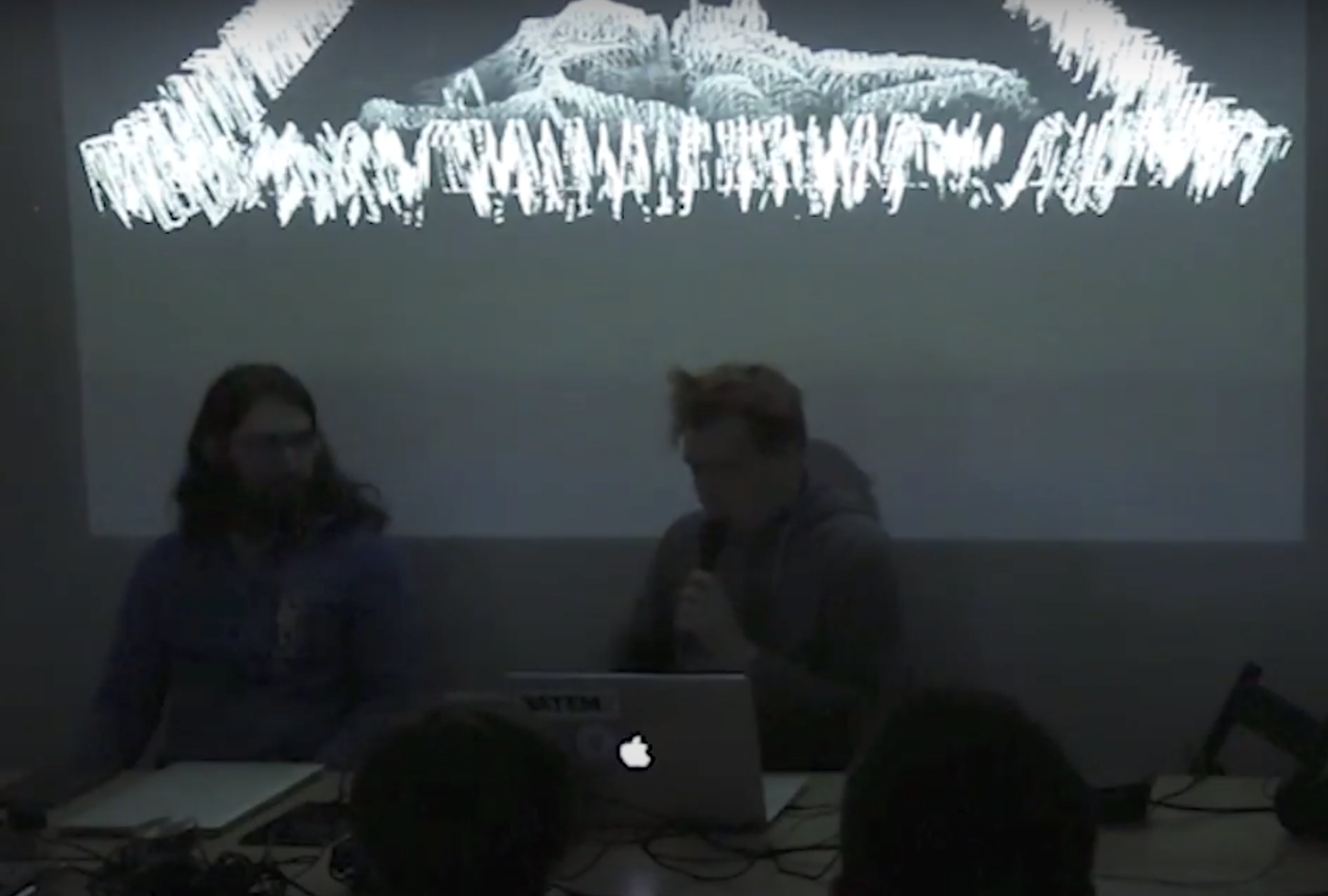Vulnerability
(2017, digital generative videoart with sound, captured in 1080p, 5 min)
The work revolves around depression, its imaginative societal context, and the manifestations of a disordered mind.
A vulnerable exposed body is immersed in a state of informational deprivation, painfully sensitive to the boundaries it has created.
During the process of developing the sound design for this work, the creators focused on noise suppression algorithms. These algorithms are commonly used for restoring audio recordings.
The software algorithm selectively identifies and excludes sound content it deems as noise. It also includes a noise monitoring mode — by using this mode the engineer can listen to all noise content to be cut out. We found these tones very uncanny and worked a bit around creating such voice content for the algorithm to generate very emotional and desperate tones.
This approach enabled the construction of a soundscape representing suppressed and unspoken speech.
Original explication:
Nowadays we do not talk about depression. In the modern world we don’t talk about feelings at all. The depolitization of depression in favour of pharmaceutical companies makes us abandon the methods of criticising the world around us. Pop a pill - and feel good.
The individual is forced to turn inward, because talking about the pain is socially unacceptable. The problem of this approach is that even being closed in a shell in a period of depression, the individual does not acquire a mythical shield, which protects it from exposure to the outside world. Even if person is in the shell, they are still vulnerable. To assume that individual being isolated within their own problems is not affected by the informational field surrounding them, is a mistake. On the opposite - by closing the emotional output, person inevitably amplifies their input. Being emotionally isolated, the person still is very vulnerable to the effects of the surrounding information field.
Information absorption becomes manic — in attempt to compensate missing social connections the person opens their emotional inputs widely. You may not even be aware of the distressful impact that you have on someone. Nowadays someone can know you quite well even if you do not know them at all. A self-isolated person watches other people's emotions eagerly — and inevitably feels the traumatic effect of the impossibility of the real experiences.
Originally exhibited in Rodchenko Art School
Screened at Electromuseum, Moscow (2017)
Visualisation made in VVVV
Concept, generative video, sound recording and narration by Dmitry Pliskin
Sound design and sound editing by Egor Efremov

You can also check my CV.